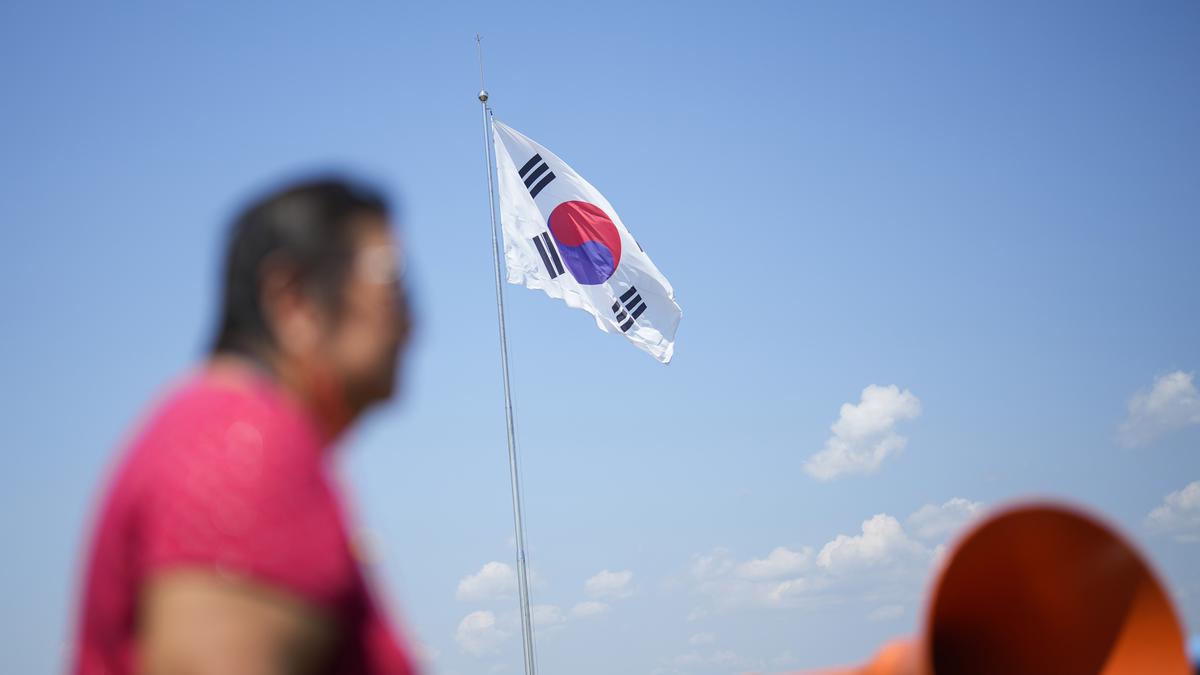
Suspected North Korean hypersonic missile exploded in flight, South Korea says
The Hindu
North Korea's hypersonic missile failure prompts South Korea to conduct live-fire drills amid escalating tensions.
A suspected hypersonic missile launched by North Korea exploded in flight on Wednesday, South Korea’s military said, as North Korea protests the regional deployment of a U.S. aircraft carrier for a military drill with South Korea and Japan.
Later Wednesday, South Korea conducted live-fire drills along its disputed western sea boundary with North Korea, its first since it suspended a 2018 agreement with the North aimed at reducing front-line military tensions in early June.
The North Korean missile was launched at about 5:30 a.m. and was aimed toward the North’s eastern waters before the failure, South Korea’s Joint Chiefs of Staff said. Missile fragments were scattered in the water up to 250 kilometers (155 miles) from the launch site near North Korea's capital, it said. No damage was immediately reported.
The Joint Chiefs of Staff said it believes the weapon was a solid-fueled hypersonic missile. The launch generated more smoke than normal launches, possibly because of an engine fault, it told South Korean reporters at a background briefing. The contents of the briefing were shared with foreign media.
In a three-way phone call, senior diplomats from South Korea, the U.S. and Japan condemned the missile launch as a violation of U.N. resolutions and agreed to maintain close coordination in response to North Korean threats, according to South Korea’s Foreign Ministry.
North Korea has performed a series of hypersonic missile tests since 2021 in an apparent effort to acquire an ability to penetrate its rivals’ missile defense shields. Foreign experts question whether the missiles have achieved their desired speed and maneuverability during the test flights. In recent years, North Korea has also been developing more missiles that use solid propellants. Launches of such missiles are harder to detect than liquid-propellant missiles, which must be fueled before liftoff.











